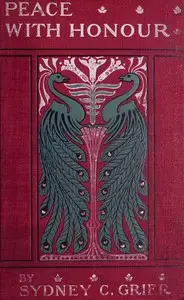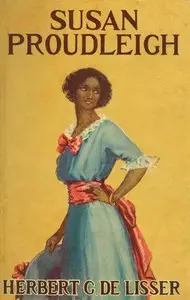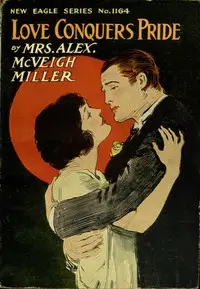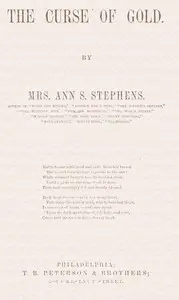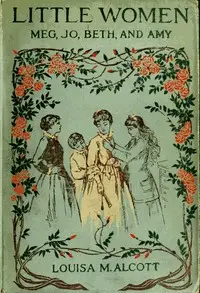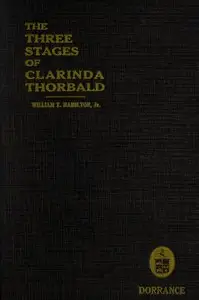"Proud Lady" by Neith Boyce is a story set in the early 1900s, following Mary Lavinia, a young woman caught between societal pressures and her own desires as she considers marrying Laurence Carlin, a soldier back from war. The book follows Mary's struggle to find her place amid family drama, expectations around social class, as well as her changing feelings about love and freedom. Looming class differences put a strain on Mary and Laurence as they navigate a rocky relationship, with Mary's mother disapproving of their union. Mary is conflicted about her engagement with Laurence; caught between the tension of her family's expectations and the desire to be her own person. The novel kicks off with Mary waiting for her mother's return and Laurence's arrival, immediately highlighting emotional challenges surrounding love, obligation, and the pursuit of self-understanding.
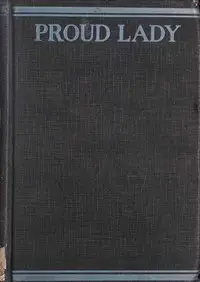
Proud Lady
By Neith Boyce
Amidst social divides and familial disapproval, a young woman grapples with love, duty, and the courage to define her own path in life.
Summary
About the AuthorNeith Boyce was an American novelist, journalist, and theatre artist. Much of Boyce’s earlier work was published with help from her parents, Mary and Henry Harrison Boyce. Neith Boyce later co-founded the Provincetown Players alongside Susan Glaspell, George Cram Cook, her own husband Hutchins Hapgood, and others. Boyce worked with the Provincetown Players in several capacities that included directing, performing, hosting productions in her home, and having all four of her plays produced. Boyce’s plays featured plots that focused on women’s sexuality, personal relationships, and agency.
Neith Boyce was an American novelist, journalist, and theatre artist. Much of Boyce’s earlier work was published with help from her parents, Mary and Henry Harrison Boyce. Neith Boyce later co-founded the Provincetown Players alongside Susan Glaspell, George Cram Cook, her own husband Hutchins Hapgood, and others. Boyce worked with the Provincetown Players in several capacities that included directing, performing, hosting productions in her home, and having all four of her plays produced. Boyce’s plays featured plots that focused on women’s sexuality, personal relationships, and agency.





